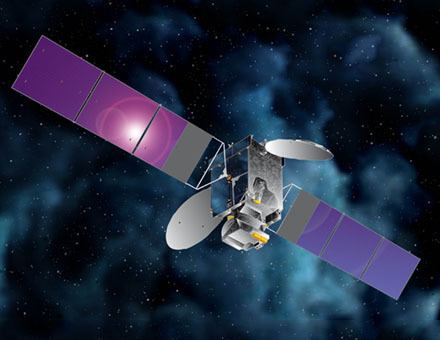COSPAR ID 2014-052A Mission duration 15 years Launch date 7 September 2014 Inclination 0.02° Launch mass 4,428 kg | SATCAT no. 40141 Manufacturer Space Systems/Loral Inclination 0.02° Period 24 hours | |
 | ||
Similar | ||
AsiaSat 6 / Thaicom 7 is a geostationary communications satellite which is operated by the Asia Satellite Telecommunications Company (AsiaSat) and was launched into orbit on 7 September 2014.
The satellite project was developed in cooperation between satellite operators AsiaSat and Thaicom. AsiaSat owns half of the satellite’s 28 transponders which are marketed as AsiaSat 6. The other half of the satellite is owned by Thaicom and is marketed as Thaicom 7.
AsiaSat’s part of the satellite is operated under license of the People’s Republic of China (PRC), whereas Thaicom’s part is operated under license of Thailand.
AsiaSat 6 / Thaicom 7 was built by Space Systems/Loral, and is based on the LS-1300LL satellite bus. The satellite carries 28 C band transponders and is positioned at a longitude of 120 degrees East, providing coverage over southern Asia, Australia and New Zealand.
Launch vehicle
SpaceX was contracted to launch AsiaSat 6 / Thaicom 7 using a Falcon 9 v1.1 launch vehicle. The launch took place from Space Launch Complex 40 at the Cape Canaveral Air Force Station on 7 September 2014.
The Falcon 9 upper stage used to launch AsiaSat 6 / Thaicom 7 was derelict in a decaying elliptical low-Earth orbit from September to December 2014. Initially, on 9 September 2014, it orbited with a perigee of 165 km (103 mi) and an apogee of 35,723 km (22,197 mi). One month on, the orbit had decayed to an altitude of 153 km (95 mi)at its closest approach to Earth, and by November had decayed to a 125 km (78 mi) perigee. The derelict rocket body reentered the atmosphere on 28 December 2014.
